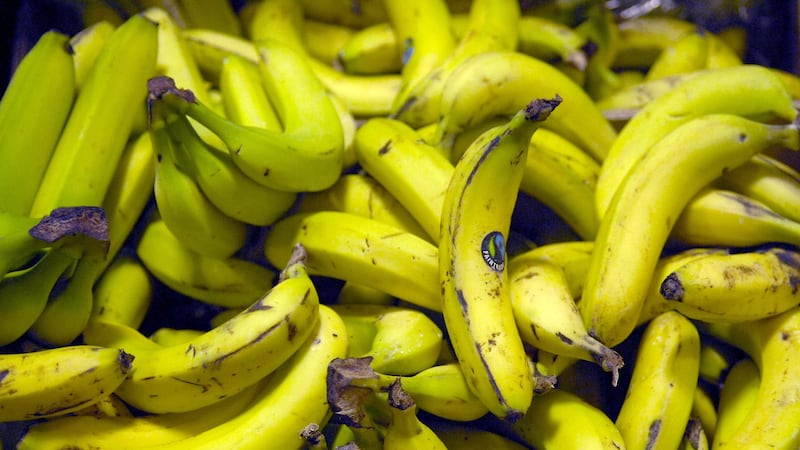In some parts of the country, just days ago, the ancient tradition of ‘Wrenboy’ processions will have occurred, exacting revenge on the wren for its supposed betrayal of Jesus for alerting Roman soldiers to his presence in the Garden of Gethsemane.
Stories also say the bird is alleged to have tapped on a drum to wake sleeping guards, warning Cromwell’s men of an attack from local Irish soldiers. It was blamed too for betraying Saint Stephen, with its loud song announcing Stephen to his killers.
Because of these acts of treachery towards the martyred saint and others, Wren boy marches were led on Saint Stephen’s day, or Lá an Dreoilín, Wren Day, by groups of boys and men in costumes who, after hunting a wren to death, paraded it on a holly bush from door to door through villages chanting uncomplimentary verses.
In keeping with the mumming tradition, verses varied according to county and locality, but many included the lines:
“The wran, the wran, the king of all birds
“On St Stephen’s Day he was caught in the furze
“So up with the kettle down with the pan
“Give us a penny to bury the wran”
Thinking about this on Boxing Day reminded me of the few hours I spent by the shores of Upper Lough Erne some weeks ago in the townland of Aughakillymaud, near Derrylin, Co Fermanagh.
From the roadside, I took time to watch swans, geese and other wildfowl feeding in fields and shallow waters opposite an old National School, now closed but used by the well-known Aughakillymaude Mummers. Built in 1888 the school was bought by the local Community Association in the late 1980s and used by the mummers as a base for rehearsing and a museum to permanently exhibit 16 life-sized mumming characters, from Beelzebub and the Doctor to Jack Straw and St Patrick.
The group has performed the mid-winter rhyming folk drama for decades now throughout rural Fermanagh and beyond, and I suspect they have performed a version of the wren boy activities as well.

Watching the flocks of whoopers and greylag geese, occasional honks of contentment broke through the still air, suggesting these birds had chosen wisely, this place of solitude, a sanctuary where they would experience no harm, appreciated by locals who welcome them annually.
A similar courtesy was extended to me by a kindly local lady, Mary, who opened the old school building to show me the stunning model characters. Having educated me on the history and development of the building, we returned outside to the bright winter day where she commented on how heartwarming it was to see and hear the swans and geese.
After parting company, I observed other waders and ducks foraging in the damp margins of the lough, a strong low sun picking out the bright green eye patches of dabbling teal and the glossy green plumage of lapwing. Wigeon showed off their yellow foreheads, chestnut heads and necks as more noisy greylags flew in overhead descending to join the others.
There seemed a certain symmetry to the presence of these annual winter wildfowl so close to the once vibrant national school now facilitating the annual winter sounds of dance and rhyme from the local mummers, both connected by time and place.

Read more:
Take on Nature: Red squirrels and Ireland’s hedgerow highways
Take on Nature: The loneliness of the early morning birdwatcher
Take on Nature: On the Wild Atlantic Way
As we move over to the new year and the promise of longer days, the swans and geese will remain until the urge to move north draws them back to their breeding grounds. So too, the mummers of Aughakillymaude will rest their characters and costumes, for a while at least. Happy new year.








